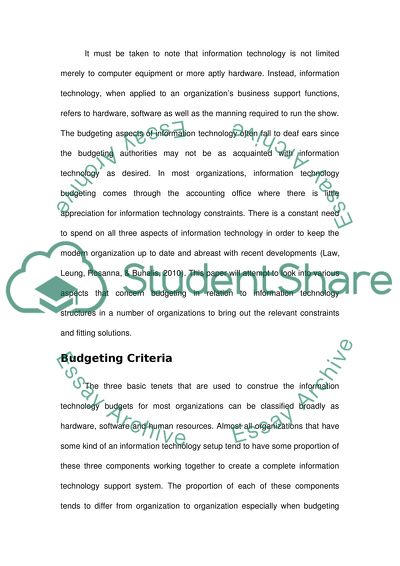Cite this document
(“Organizational information technology budgeting criteria and solutions Essay”, n.d.)
Organizational information technology budgeting criteria and solutions Essay. Retrieved from https://studentshare.org/information-technology/1452524-organizational-information-technology-budgeting
Organizational information technology budgeting criteria and solutions Essay. Retrieved from https://studentshare.org/information-technology/1452524-organizational-information-technology-budgeting
(Organizational Information Technology Budgeting Criteria and Solutions Essay)
Organizational Information Technology Budgeting Criteria and Solutions Essay. https://studentshare.org/information-technology/1452524-organizational-information-technology-budgeting.
Organizational Information Technology Budgeting Criteria and Solutions Essay. https://studentshare.org/information-technology/1452524-organizational-information-technology-budgeting.
“Organizational Information Technology Budgeting Criteria and Solutions Essay”, n.d. https://studentshare.org/information-technology/1452524-organizational-information-technology-budgeting.


